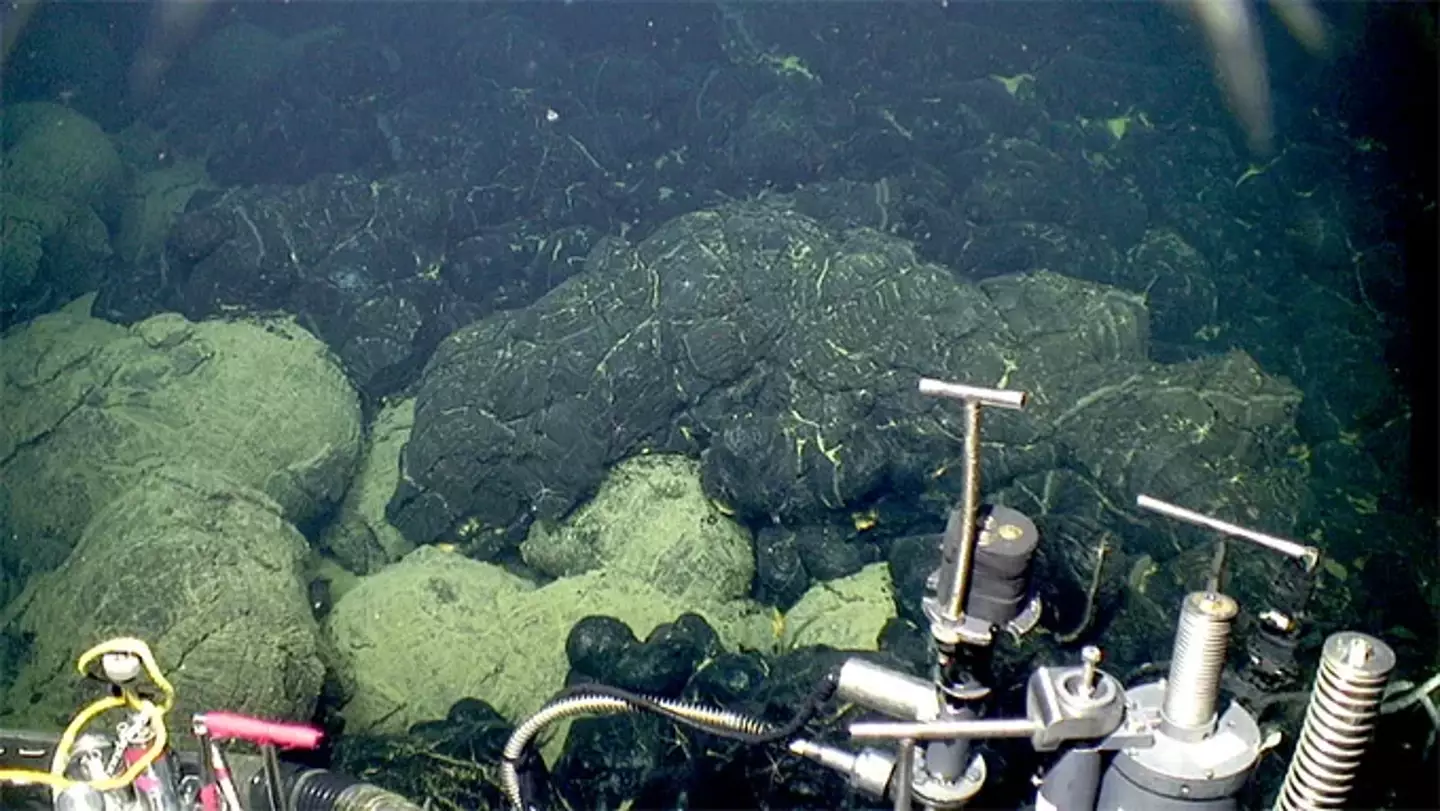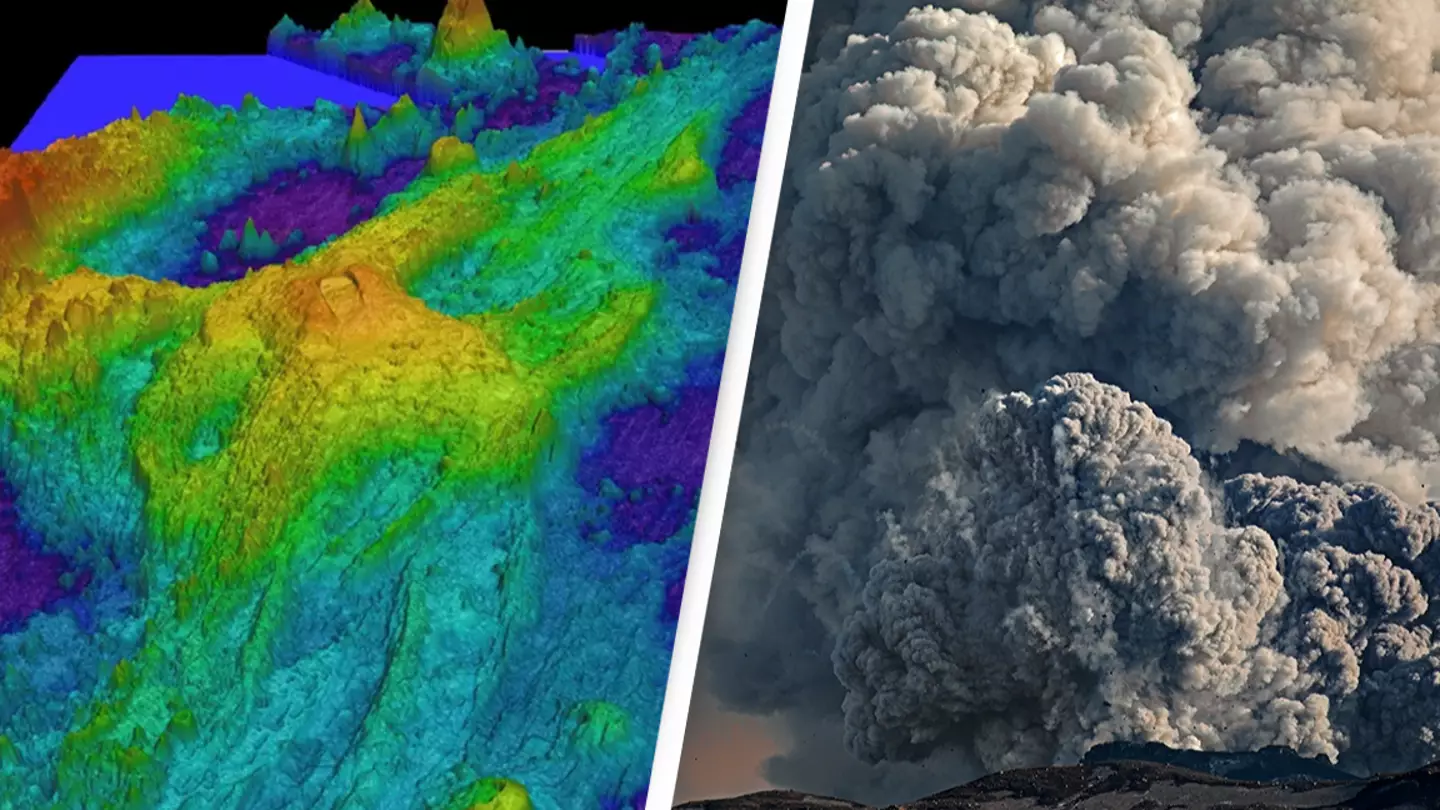An eruption could be imminent and apparently, it would be a good thing.
An underwater volcano located off the coast of Oregon is expected to erupt in 2025, according to scientists. But don’t panic—this event could actually provide valuable insights into volcanic activity and prediction.
The volcano in question, Axial Seamount, is situated approximately 470 km from the Oregon coastline and rests 1,400 meters beneath the ocean’s surface. It stands at an impressive 1,100 meters tall, with a diameter of 2 kilometers.
While this submarine volcano is far from view, it has become one of the most closely monitored underwater volcanic sites in the world. Its activity is being tracked in real-time, providing scientists with a rare opportunity to study volcanic processes like never before.
A Rare Advance Warning
Unlike most volcanic eruptions, which often occur with little to no forewarning, the Axial Seamount’s potential 2025 eruption comes with advanced notice. This achievement highlights the progress researchers have made in monitoring and predicting volcanic events.
Geologist Mark Zumberge from the Scripps Institution of Oceanography described Axial Seamount as “the most well-instrumented submarine volcano on the planet.” Thanks to this extensive monitoring network, scientists can observe every rumble, tilt, and swell in real-time via a seafloor cable.

In November 2024, researchers detected that Axial’s surface had swollen to the same height as it did before its last eruption in 2015. This swelling indicates that magma has built up beneath the volcano, increasing internal pressure—similar to what was observed prior to its previous eruption.
Learning From the Past
The 2015 eruption of Axial Seamount was a landmark event in volcanic forecasting. At the time, researchers from Oregon State University successfully predicted the eruption, calling it “the best forecast” ever made. This success has encouraged further studies, with scientists continuing to observe Axial closely.
Valerio Acocella, a volcanologist from Roma Tre University, called Axial a “very promising volcano” for research purposes. According to him, the wealth of data being gathered from Axial could help volcanologists better understand how these natural phenomena work.
In fact, scientists have begun applying artificial intelligence to analyze earthquake data from before the 2015 eruption. By identifying patterns, they hope to improve their ability to predict future eruptions—not just for Axial, but for other volcanoes around the world.

A Step Forward, Not a Revolution
Despite the wealth of information available, predicting volcanic eruptions remains a complex challenge. Acocella emphasized that there’s no “crystal ball” for forecasting volcanic behavior. “We need ideal cases to understand how volcanoes work,” he explained, noting that each eruption provides an opportunity to refine predictive models.
While the potential 2025 eruption won’t revolutionize eruption forecasting, it represents a significant step forward. Acocella admitted that volcanoes are unpredictable and could behave in ways scientists haven’t seen before. However, he remains optimistic, stating, “We’ll understand it better, and that will help us understand other volcanoes, too.”
Why This Matters
Axial Seamount’s eruption isn’t expected to pose any direct threat to humans, but it holds immense scientific value. The volcano’s behavior offers an ideal case study for researchers, helping them unlock the mysteries of these powerful natural phenomena.
By gathering data, testing predictions, and using cutting-edge technology like artificial intelligence, scientists are inching closer to better understanding—and perhaps one day accurately predicting—volcanic eruptions. For now, Axial Seamount remains under close observation, providing a glimpse into the powerful processes occurring deep beneath the ocean’s surface.

